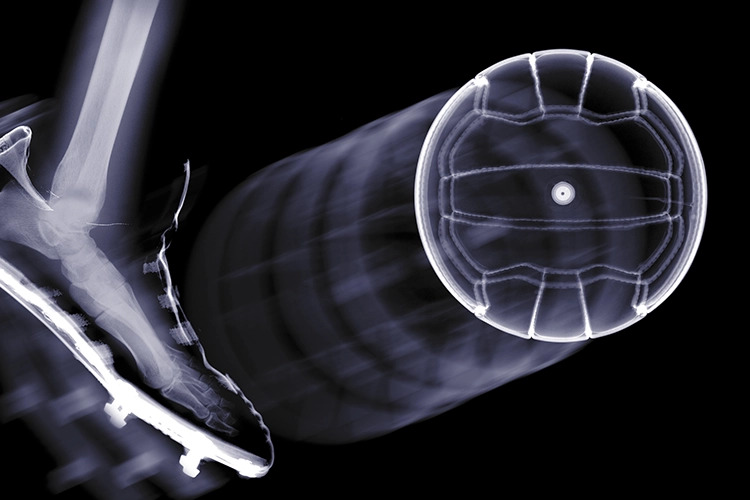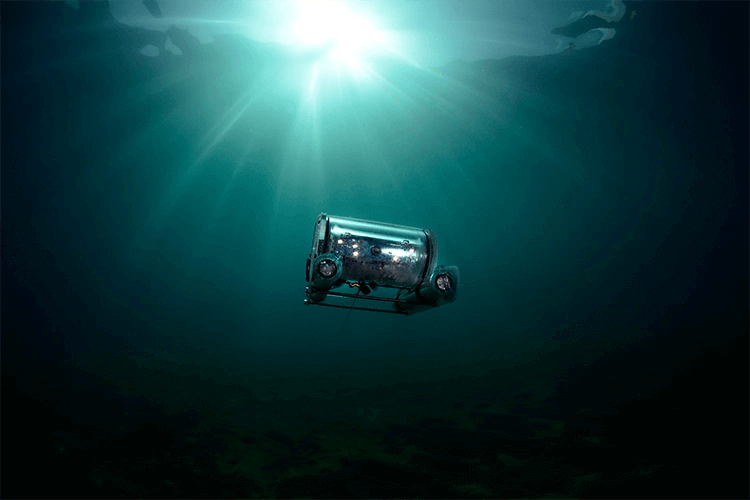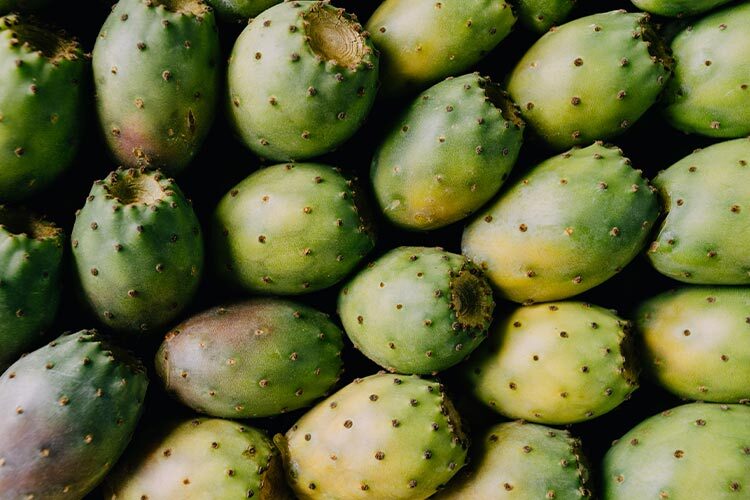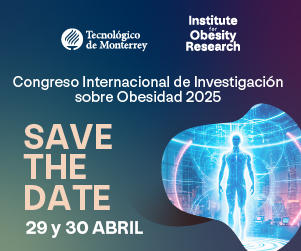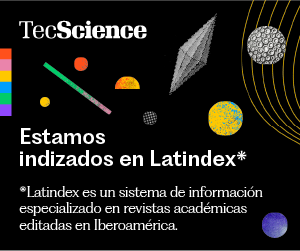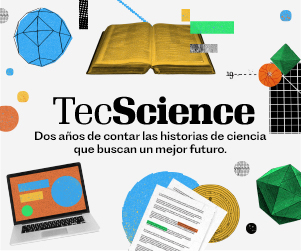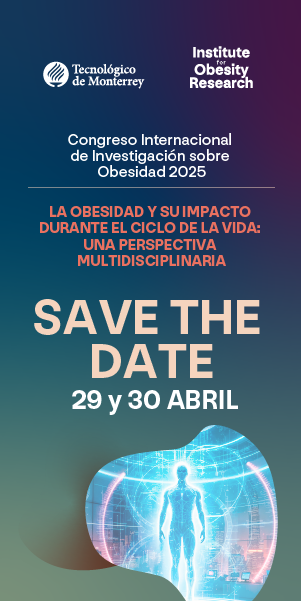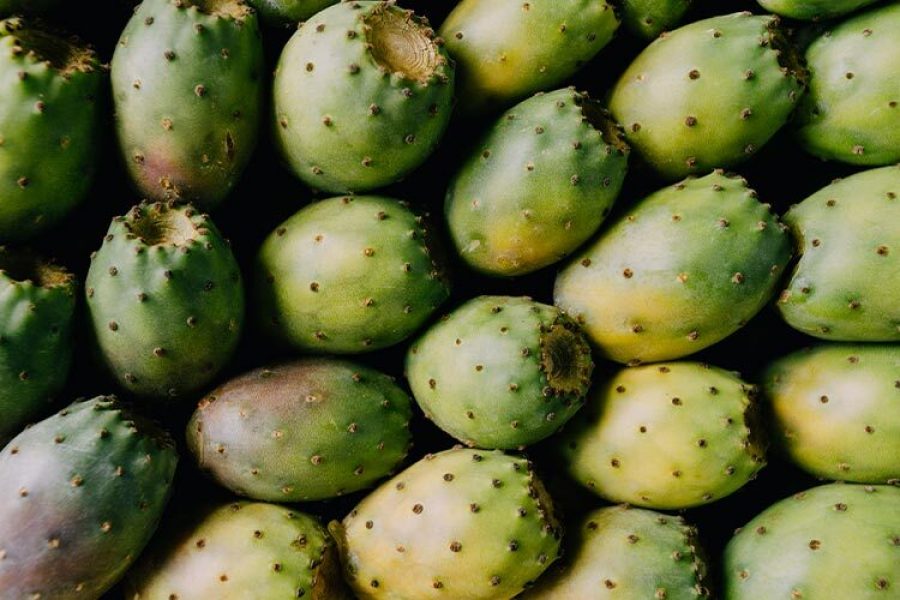By Alejandro Núñez Delgado, Cristina Chuck Hernández, and Jorge Welti Chanes
Breast milk is a fluid with unique characteristics, capable of adapting to the needs of infants to safeguard their health and well-being. These properties stem from the bioactive and nutritional components it contains.
When breast milk cannot be supplied directly from mother to child, it must be treated to prevent the colonization of harmful microorganisms that could jeopardize the health of the consuming baby.
The commonly employed method is thermal pasteurization, which reduces the milk’s microbial load but compromises its bioactive and nutritional components, thus affecting its properties.
Some universities, such as the Tecnológico de Monterrey, have taken steps to research alternatives to thermal pasteurization that preserve breast milk for extended periods without diminishing the concentration or activity of its components.
There is still much ground to cover, but the next steps aim to implement these technologies in human milk banks to enhance the nutrient supply in milk donated to babies in Neonatal Intensive Care Units (NICUs).
Breast milk donation
At milk bank facilities, specialists ensure that the milk meets the required quality criteria for NICUs, avoiding potential contamination by undesirable microorganisms.
With thermal pasteurization, the milk is subjected to a temperature of 62.5°C for 30 minutes, then cooled to 4°C. This prolonged exposure to a temperature that can reduce the concentration and activity of heat-sensitive functional components potentially alters the nutritional and functional composition of the milk, compromising the nutrition and overall well-being of the infant.
Oregon State University (OSU) has researched the effect of High-Pressure Processing on breast milk, yielding highly positive results in the inactivation of microorganisms and retention of bioactive and nutritional components (Liang et al., 2023).
High-pressure Processing is an emerging food processing technique that involves the uniform application of pressure through the use of water within chambers with capacities ranging from 35 to 687 liters per load (Aganovic et al., 2021).
At Tecnológico de Monterrey, this technology has been studied for over 15 years, and a current review is underway to assess its feasibility for application in human milk banks as an alternative to thermal pasteurization.
In the Nanotechnology and Chemical Sciences program, the effect of freezing and lyophilization as techniques for preserving breast milk has also been studied. It was concluded that most of the nutritional and immunological components remained unchanged after applying these techniques (Dávila-Caraballo G.J. et al., 2023).
The importance of breastfeeding
Breast milk is a living tissue designed to hydrate and nourish newborns. It consists of a blend of bioactive and nutritional compounds secreted by mothers after childbirth. During lactation, breast milk is classified into three stages: colostrum, transitional milk, and mature milk.
Colostrum, also known as “liquid gold,” is the breast milk produced in the first four days after childbirth and is characterized by its creamy yellow color. In this initial stage, the milk is rich in fat-soluble vitamins, minerals, proteins, and immunoglobulins, providing invaluable initial support for the development of the infant’s own immune system.
Within four days, or less, lactation transitions to a period during which the milk increases its fat and lactose content, as well as its water-soluble vitamins, increasing its caloric content, thereby preparing the infant for growth.
Finally, mature milk appears approximately 20 days after childbirth and is composed of 90% water (necessary for the baby’s hydration). In contrast, the remaining 10% comprises carbohydrates, proteins, and lipids necessary for the baby’s growth and development.
As part of the nutritional components of breast milk, there is a complex mixture of proteins, lipids, carbohydrates, and minerals, each playing a fundamental role in the newborn’s growth.
For example, proteins form the body’s structure and perform vital tasks in metabolism and the functioning of the newborn. Lipids, on the other hand, are one of the main sources of energy (calories) and facilitate brain development.
Carbohydrates, including lactose and oligosaccharides, provide energy and perform fundamental prebiotic functions to develop a healthy intestinal microbiota. In recent years, the microbiota has even been linked to the emotional and mental health of the adult population.
For mothers, breastfeeding offers benefits related to cancer prevention and reducing medical consultations for conditions such as postpartum depression and diabetes.
For babies, exclusive breastfeeding during the first months of life significantly reduces the mortality rate. In the long term, it promotes growth and stability of the microbiome, the latter referring to the genetic information of microorganisms within the human body.
This means that the risks associated with chronic diseases such as obesity, diabetes, and cancer can be mitigated.
.
References
- Aganovic K, Hertel C, Vogel RF, et al. Aspects of high hydrostatic pressure food processing: Perspectives on technology and food safety. Compr Rev Food Sci Food Saf. 2021; 20: 3225–3266.
- Dávila-Caraballo G.J., Serrato-Márquez E., Grimaldo-Rivas M.D., Chuck-Hernández C, Vega-Cantú Y.I., Ortega-Alonzo S.E., Coronado-Cerda E., Urrutia-Baca V.H. (2023). Evaluation of freezing, ultra-cold freezing, and freeze-drying on the main components of human breast milk. [Unpublished bachelor thesis]. Tecnológico de Monterrey.
- Liang, N., Mohamed, H. M., Kim, B. J., Burroughs, S., Lowder, A., Waite-Cusic, J., & Dallas, D. C. (2023). High-Pressure Processing of Human Milk: A Balance between Microbial Inactivation and Bioactive Protein Preservation. The Journal of Nutrition, 153(9), 2598–2611.
- Núñez-Delgado, A., Mizrachi-Chávez, V. M., Welti-Chanes, J., Macher-Quintana, S. T., & Chuck-Hernández, C. (2023). Breast milk preservation: thermal and non-thermal processes and their effect on microorganism inactivation and the content of bioactive and nutritional compounds. In Frontiers in Nutrition (Vol. 10). Frontiers Media SA.
- Núñez-Delgado, A., Welti-Chanes, J., & Chuck-Hernández, C. (2023). Why could high-pressure breast milk processing improve the life of preterm babies? European Journal of Clinical Nutrition.
.
Authors
Cristina Chuck-Hernández. Researcher and professor since joining the Tecnológico de Monterrey in 2013. Currently serving as a full-time research professor in the Department of Bioengineering and as the Leader of the HEALTH Research Core in the School of Engineering and Sciences. Recognized for her efforts, she received the “Mujer TEC” award (2015), the National Prize in Food Science and Technology (2019), and membership in the National System of Researchers and the Mexican Academy of Sciences (AMC) since 2021. Her research focuses on protein extraction processes for food applications, methods for inactivating antinutritional compounds in legumes, and studying changes in protein structure and their impact on food matrix properties.
Jorge Santos-Welti. Research Professor in Biotechnology and Food Science; he has served as National Director of Postgraduate Studies and Associate Academic Dean of the School of Engineering and Sciences at Tecnológico de Monterrey. He is the author of over 240 scientific articles, 85 book chapters, and 17 books, and the founder of 2 companies, all in diverse areas of Engineering and Food Processing.
Alejandro Nuñez-Delgado. Master’s student in Science with a specialization in Biotechnology at Tecnológico de Monterrey (ITESM, 2023). He is a Chemical Engineer graduated from IEST-Anáhuac (2020) and a Chemical Laboratory Technician graduated from CBTis 103 “Francisco Javier Mina,” both titles acquired with honors. Upon graduating from university, he received the CENEVAL Award for his outstanding performance in the EGEL IQUIM test. In 2016, he won first place in Chemistry at the Academic Festival of DGETI and the silver medal in the National Chemistry Olympiad, organized by the Mexican Academy of Sciences (AMC). He is currently working with Dr. Cristina Chuck and Dr. Francisco Sierra on the project “Thermographic, proximal, and morphological characterization of breast milk and its protein and lipid concentrates in mothers with different Body Mass Index (BMI) and/or diabetes.”

